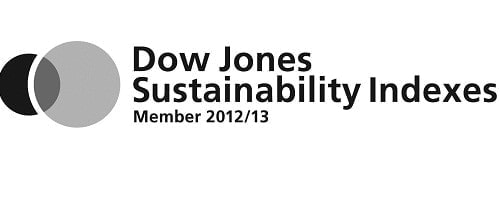
Ferrovial has been included in the Dow Jones Sustainability Index (DJSI) for the eleventh consecutive year, and in FTSE4Good for the eighth year in a row. These are two of the indices with the greatest prestige among companies and analysts, but what do we really know about sustainability analysis?
For starters, we can analyse the criteria used to draft sustainability reports. The parameters for inclusion vary for each index: certain behaviours may be classified as responsible by one index, but not by another. Although some minimum parameters are shared, a company may be included in one index but not in another due to varying criteria.
Second, there are differences in methodologies:
The DJSI uses a best-in-class approach, i.e. it only includes the most responsible companies in each sector. As a result, a company that implements best practices may not be included in the index if a peer has a better score. Ferrovial is included in the “Heavy Construction” sector, under the “Construction & Materials” Supersector, which includes another three companies from Spain and two from Korea.
 The FTSE4Good does not specify scores; companies are simply included or excluded. To this end, an ESG (Environmental, Social and Governance) rating was created, which scores responsible practices at corporate and country level. The DJSI publishes components, inclusions and exclusions, and general methodologies, whereas the FTSE4Good discloses details such as inclusion and exclusion criteria, compliance requirements as a function of risks identified in the sector, etc. Companies submit their information, some of which is confidential, directly to the indices for evaluation.
The FTSE4Good does not specify scores; companies are simply included or excluded. To this end, an ESG (Environmental, Social and Governance) rating was created, which scores responsible practices at corporate and country level. The DJSI publishes components, inclusions and exclusions, and general methodologies, whereas the FTSE4Good discloses details such as inclusion and exclusion criteria, compliance requirements as a function of risks identified in the sector, etc. Companies submit their information, some of which is confidential, directly to the indices for evaluation.
The objective of sustainability indices is to promote responsible practices by companies. A reputation as sustainable may impact a company’s share price, depending on the target audience for this information.





There are no comments yet